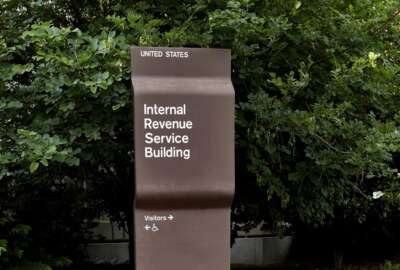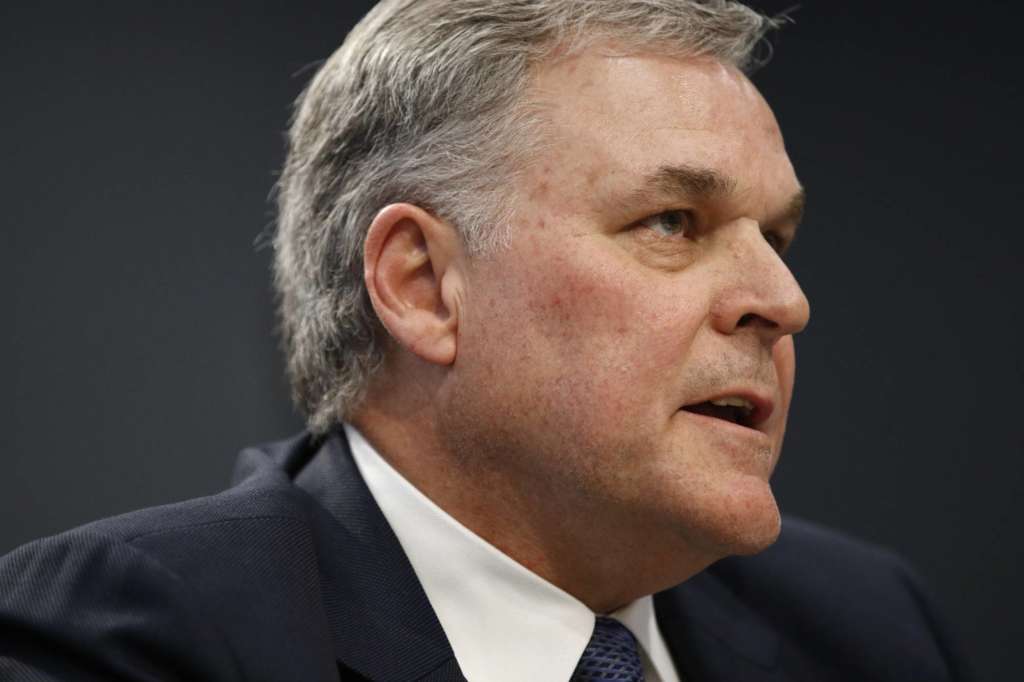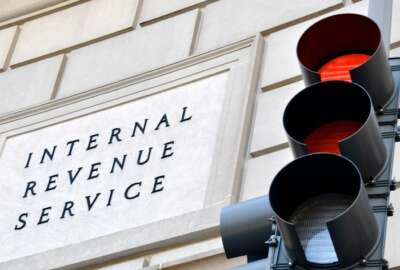
IRS: Back to the future
The latest IRS plan for modernization will strike long-time watchers with a sense of deja vu.
I haven’t seen the DeLorean I used to spot on the streets of Rockville, Maryland, lately. But if I do, I may urge the driver to go park in front of the IRS building in New Carrollton. As employees take on the new, six-year IRS modernization project, they’ll embark in some sense on a journey back to the future.
Once again, the IRS leadership is taking on an ambitious information technology and business process modernization effort. Their plan is a good one. But they must execute. I wish Commissioner Charles Rettig and his crew well. I really do. I just hope they go into it with open eyes.

A generation ago, IRS also undertook an ambitious modernization. In the mid-1990s, officials planned for a project that would be completed by 2013.
The agency gets dinged — I’ve dinged it — for the seeming intractability of its Master File System. Coded in assembly language in the 1960s, the system churns on decade after decade. It works, but it impedes the deployment of digital services and applications otherwise enabled by modern databases. Hundreds of millions of dollars have been thrown against it with contractors. The target is a system called Customer Account Data Engine 2, or CADE 2. The plan (see page 24) calls for “initial Java code” delivery in the first phase of the six-year effort. If that happens on a cloudy day, look for the clouds to part and angels to descend on a sunbeam from heaven shouting hallelujah!
Yet it’s easy to overlook how much progress, albeit fitful, the IRS has made. Millions of people file and get their refunds online. Thanks to aggressive hardware modernization, IRS has had good reliability and uptime. This while the agency has labored under budget pressure that seems to contradict the objectives of maximizing tax receipts and helping taxpayers.
More important than this block of code or that piece of infrastructure, the new IRS Integrated Modernization Business plan proceeds from real-world objectives, namely better taxpayer services.
I checked with Jim Williams, a retired federal executive who was IRS’ top acquisition official for a while, then in charge of its Business Systems Modernization effort. He praised the plan, noting an initial version was vetted with a presumably objective Mitre Corporation and McKinsey & Company.
Williams said it will be important for IRS to work in concert with Congress. In particular on the personnel front, IRS asks for more direct hiring authorities and reauthorization of streamlined critical pay authority. Williams said Congress should do so and provide reliable funding.
Related Stories

As deadline approaches, IRS projects historic volume of tax filing extensions

IRS catches up with advisory council, following ‘stalled’ agenda under shutdown
In those days the project was known as TSM, which stood for Tax Systems Modernization. Its origins date to 1988. By 1995 TSM had gone seriously off the rails. It had wasted billions in a tangle of contracts, all documented by the group then known as the General Accounting Office.
The result: A new Blueprint for Modernization. More fits and starts. By 2001, by golly, the IRS released a “new blueprint for modernizing business and computer systems.” It was called the IRS Enterprise Architecture. EA had become vogue across the federal government, even though no one could define the term in a way understandable to regular people. The goals this time were faster refunds, improved service and better collection.
Rettig must know this history. Essentially, his challenge is managing for results, a project with many interrelated components. He should have former Commissioner Charles Rossotti over for coffee and advice. It was in the commissioner’s conference room that, in the early 2000s, monthly progress and governance meetings took place to keep things moving forward. Rettig does have the benefit of Gina Garza, the CIO. She was there for the earlier modernization efforts.
For those who’ve been watching IRS for as long as I have — and there are plenty of us around town — this new plan does invoke a sense of deja vu.
Copyright © 2024 Federal News Network. All rights reserved. This website is not intended for users located within the European Economic Area.
Tom Temin is host of the Federal Drive and has been providing insight on federal technology and management issues for more than 30 years.
Follow @tteminWFED




